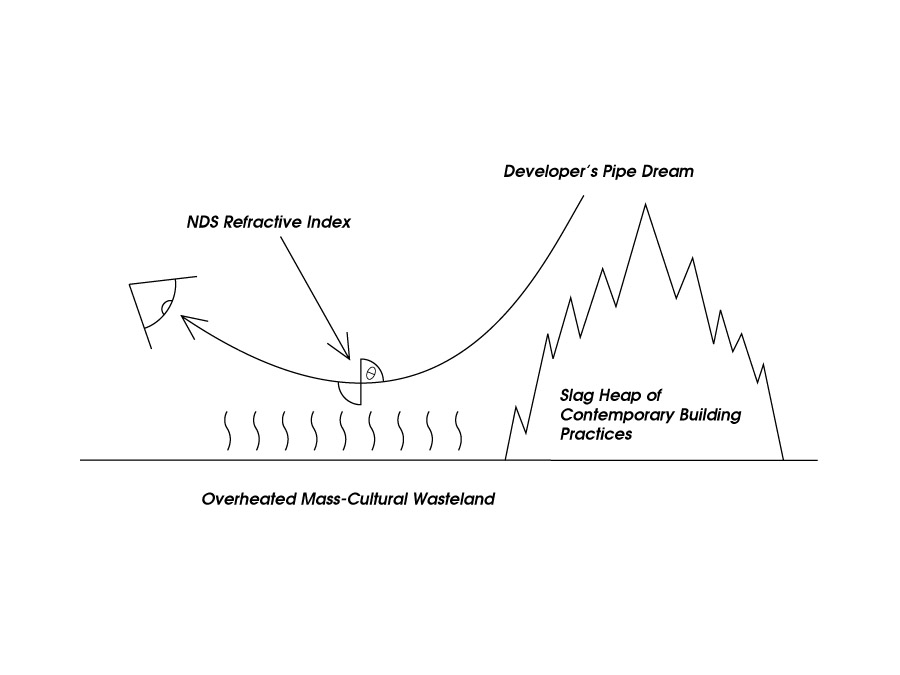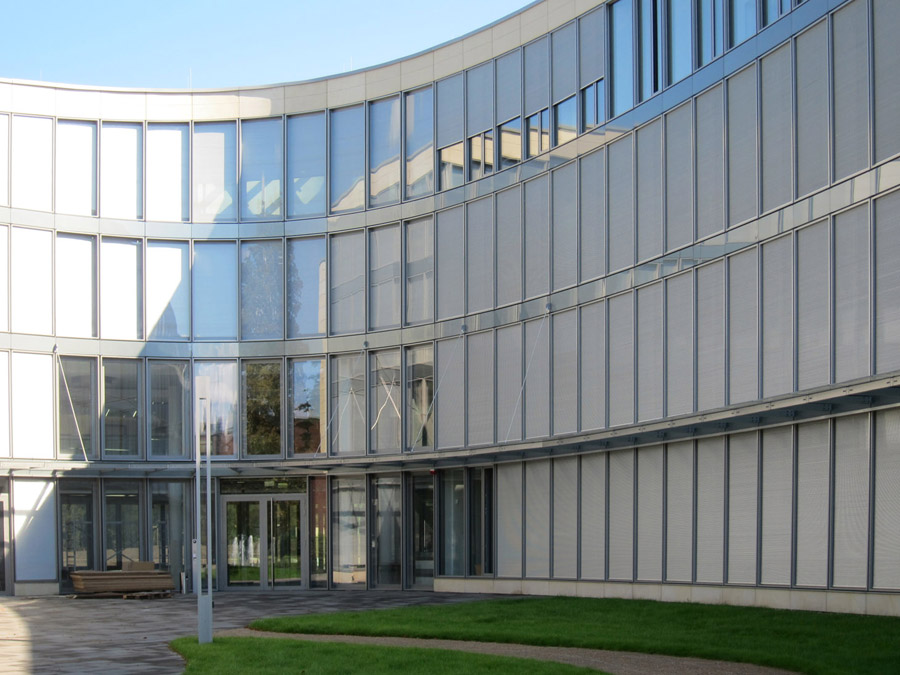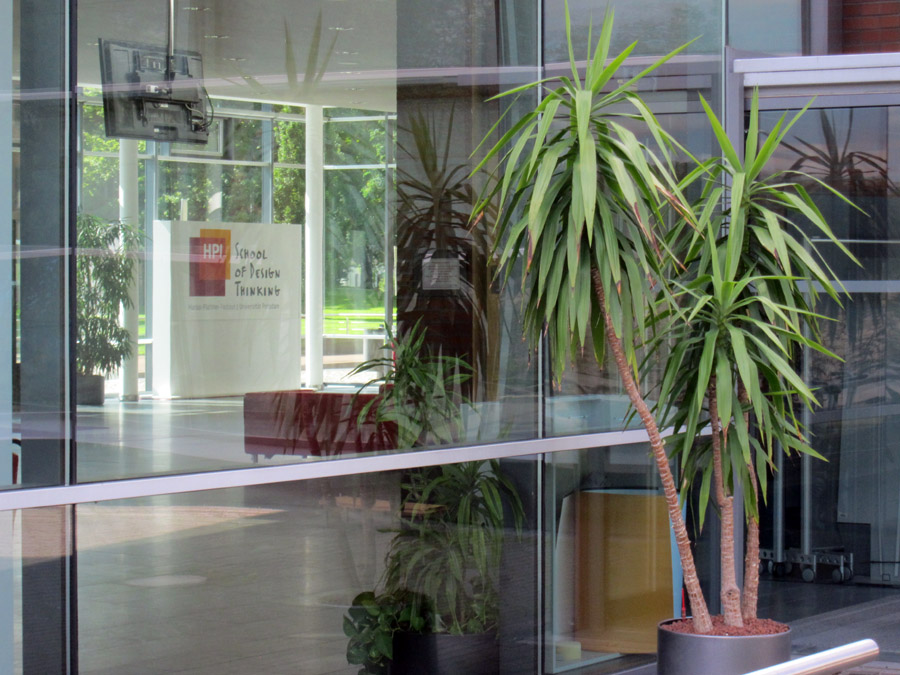New Death Strip Prequel Part 1: Discovering a Mirage
In this excerpt from a rejected text intended for Slab’s first print publication, Oliver Miller gives us a taste of our soon to be published opus magnum, The New Death Strip. In it we investigate the contemporary state of a vast non-location, the old militarized zone that used to encircle West Berlin along with its famous wall. That border zone was dubbed by the Germans “der Todestreifen”. It was called the “death strip” because it was a place to die, and the New Death Strip is kind of a place to die, too, or if nothing else to experience the uncanny shallowness of contemporary building culture.
The New Death Strip will be published in the next couple of weeks by Arno Brandlhuber and Silvan Linden / a42.org / AdbK Nürnberg and will be available both at fine booksellers as well as in pdf form via www.a42.org . Just click on Publikationen > Schriftenreihe “Disko” in order to access a whole range of downloadable journals free of charge, they come highly recommended by the crew here at Slab.
-Ed.
The latest addition to the campus of the Hasso Plattner Institute is a glaringly coherent chunk of Germanic design professionalism plopped onto the far western edge of Potsdam-Babelsberg. Needless to say, I approached the complex of buildings where this learning and research center is sited without any previous knowledge of what I was about to get into, and from the first moment I set foot on its immaculate terrain I was taken aback by what I found. My colleague Daniel had in fact heard of HPI, which is a privately funded and independently administered academy kind-of belonging to the University of Potsdam, though he, too, was surprised to find it along the path of our survey of the NDS. Although it sits at the edge of the university’s western campus, HPI sports its own logo and nowhere on its grounds or website does that of its mother institution appear. HPI is named after its sole benefactor, who is one of the founding partners of SAP and consequently one of the richest men in Germany. According to information I found using Google, a popular search engine, the institute is supposed to be his philanthropic contribution to the greater good. It is purportedly a laboratory where ideas for the future, as well as their producers, are grown.
Although it’s by no means an extraordinary case, I find it curious to have named this philanthropic project after its benefactor. It just seems to taint the presumed selflessness of the altruistic act. Stranger still is that the main donor is also at the head of a multi-national corporation that without any doubt whatsoever directly benefits from the production not only of ideas at HPI, but also of IT “designers” who who are eminently hirable upon graduation. Further compounding this contradiction is the fact that the institute’s persistently stated ideals center themselves around the concept of teamwork and the denial of the author as a guiding force in design. This approach was pioneered, among other places, at the “d.school” of Stanford University, which is an institute whose main benefactor is, as it turns out, also Mr. Plattner. Its from there that HPI has borrowed not only its guiding principles of teamwork and the denial of authorship, but also the subtitle “School for Design Thinking” -a moniker it has self-consciously not bothered to translate into German.
The d.school, aka The Hasso Plattner Institute of Design at Stanford University, follows the American precedent of branding buildings, libraries or institutions with the names of their benefactors. So if we can just forget for a moment all the mumbo jumbo about collective intelligence it makes perfect sense, I guess, to stop subordinating the ego and start heroicizing the individual by continuing to name institutions after Mr. Plattner. The fact that this even seems weird within HPI’s local context is indicative of inherited German societal norms, within which the notion of gloating in one’s own name is not (yet) quite so accepted as in the US -and of how it’s possible for these norms to be contradicted on the NDS. This is a cultural as well as a physical tabula rasa, a forlorn non-location where there’s too much to forget, and not enough to remember, to prevent you from doing whatever the fuck you want to.

It was upon first seeing this branded structure that an overarching leitmotiv for my odyssey across the desolate plane of the NDS’s architectural no man’s land first made itself apparent. Sitting under a tree on the manicured grass of HPI’s parkscape I sketched a first draft of the above diagram, which I was to later refine back home on my computer. It’s a simple adaptation of the diagram used to explain inferior mirages. Like a prism through which a beam of light is refracted and dispersed, so it was that I here began to see a breaking down of the hitherto unrelenting bluntness of our entire project’s subject matter. Looking back, I suppose any single example of the contemporary architecture I was to encounter along the way could have provoked a similar reaction. It’s a matter of timing, and upon reaching HPI, the effective apogee of our trajectory around the old West Berlin, I was starting to feel both overloaded and exhausted. I had sweated the commercial developments in Falkensee and Glienicke, travelled the long stretches of terrain vague running from Stolpe to Potsdam, and witnessed everything from the daftness of big box car part stores to the insensitive siting of newly-minted dream homes constructed of perfectly formed bricks, serially produced window systems and blue ceramic roof tiles. My encounter with the building seems to have come at the critical moment where a deluge of perceptions and ideas needed to be more definitively made sense of.
To be continued…

